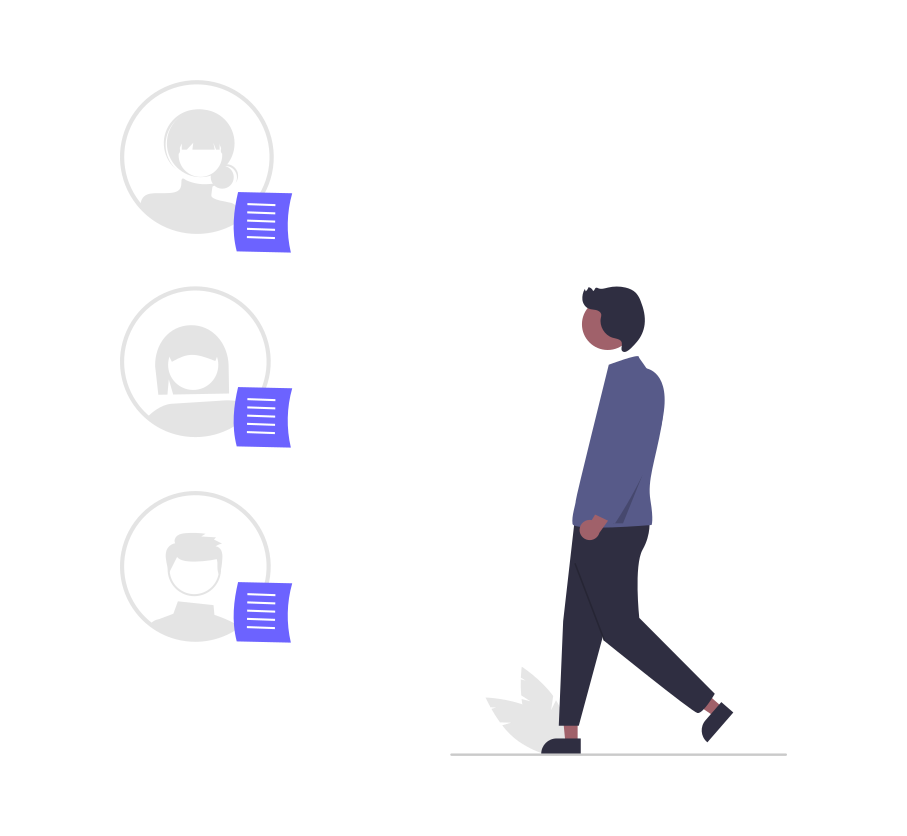In the digital era, businesses continually seek innovative ways to enhance user experiences on their websites. Two prevalent strategies are personalization and customization. Though these terms are often used interchangeably, they represent distinct approaches. Understanding the differences between personalized and customized websites and their impacts on user satisfaction can help businesses optimize their digital presence.
Defining Personalization and Customization
Personalization refers to the process where a website automatically adjusts content and features based on the user's behavior, preferences, and data. It is a passive process for the user, driven by algorithms and AI, which tailor the experience to suit individual needs without requiring user input.
Customization, on the other hand, allows users to manually select and adjust settings, content, and features according to their preferences. It provides a sense of control to users, enabling them to shape their experience based on their specific needs and tastes.
User Satisfaction in Personalization
1. Seamless Experience: Personalized websites offer a seamless experience by presenting relevant content, products, or services based on user behavior. This approach reduces the effort required from users to find what they need, enhancing satisfaction. For instance, a personalized e-commerce site might display products based on past purchases and browsing history, making it easier for users to discover items of interest.
2. Time Efficiency: By anticipating user needs, personalized websites save time. Users are more likely to engage and return to a site that quickly meets their needs without extensive searching. This efficiency contributes significantly to user satisfaction, as time-saving is a crucial factor in today’s fast-paced world.
3. Increased Engagement: Personalized content tends to be more engaging because it resonates with users on a deeper level. Recommendations and content tailored to individual preferences encourage users to spend more time on the site, leading to higher satisfaction levels.
4. Privacy Concerns: Despite the benefits, personalization can raise privacy concerns. Users may feel uneasy about the extent of data collected and how it is used. Ensuring transparency about data use and robust privacy protections is essential to maintain trust and satisfaction.
User Satisfaction in Customization
1. User Control: Customization empowers users by giving them control over their experience. This autonomy can significantly boost satisfaction, as users can tailor the website to their specific needs and preferences. For example, a customizable dashboard that allows users to choose which widgets or information to display can enhance the user experience.
2. Flexibility: Customization offers flexibility, enabling users to modify their experience as their needs change. This adaptability is particularly beneficial for websites with diverse user groups, as it allows each user to create an experience that suits them best.
3. Sense of Ownership: When users customize their settings, they develop a sense of ownership over their experience. This emotional investment can lead to increased satisfaction and loyalty, as users feel the site is uniquely theirs.
4. Potential for Overwhelm: However, too many customization options can overwhelm users, leading to decision fatigue. To maintain satisfaction, it's crucial to balance the level of customization offered with user-friendly interfaces and guidance.
Comparative Analysis
1. Ease of Use: Personalized websites generally offer greater ease of use as they require less effort from users. Customization, while empowering, demands more time and thought, which can be a barrier for some users.
2. Engagement Levels: Both approaches can drive engagement, but in different ways. Personalization captivates users by showing them relevant content, while customization engages users by involving them in the creation of their experience.
3. Satisfaction Drivers: Personalization boosts satisfaction by providing a tailored experience effortlessly, whereas customization enhances satisfaction through control and personalization. Users who value convenience may prefer personalized websites, while those who enjoy control might favor customizable ones.
4. Privacy and Trust: Personalization requires access to user data, which can raise privacy concerns and impact trust. Customization, being user-driven, typically involves less data collection, potentially increasing trust among privacy-conscious users.
Conclusion
Both personalized and customized websites have unique strengths that can enhance user satisfaction. Personalization excels in creating effortless, relevant experiences, saving users time and increasing engagement. Customization shines by giving users control and flexibility, fostering a sense of ownership and loyalty.
The choice between personalization and customization should be guided by the target audience's preferences and needs. Combining elements of both approaches might also offer a balanced solution, catering to users who value both convenience and control. By understanding and implementing the right strategy, businesses can significantly improve user satisfaction and create a more engaging digital presence.


